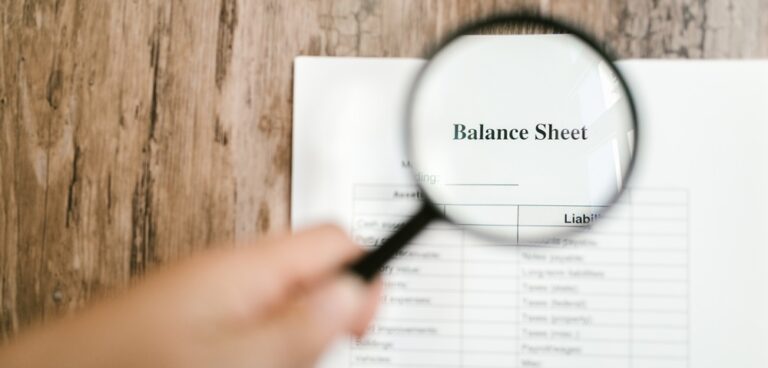It goes without saying that keeping an eye on outgoings and profit margins is crucial for any business, but it’s also essential to keep tabs on the margin of safety, perhaps now more than ever in the age of uncertainty. But what is it, why is it important and what invaluable insights can it give SME owners? John Edwards, Chief Executive and Group Executive International of The Institute of Financial Accountants (IFA), explains.
 Why is it important for a business owner to know their margin of safety?
Why is it important for a business owner to know their margin of safety?
Quite simply, the margin of safety is the amount of sales that a company can afford to lose before it stops being profitable. Think of it like a buffer.
It is the revenue earned after the company pays all of the fixed and variable costs associated with producing the goods or services. So, the way to calculate it is to deduct the break-even sales volume from the actual sales volume to identify the amount by which sales can fall before the business stops making a profit. It is typically used to evaluate business risk, product by product, but it can also be used to assess the entire sales mix of a business.
The margin of safety is calculated as follows:
Margin of safety = actual sales − break-even sales
For example, a business has a break-even point (BEP) of 100 products and has made 150 sales.
Therefore: Margin of safety = 150 – 100 = 50 products
The increase in margin of safety is proportionate to the volume a business can sell over and above their BEP, and therefore makes it easier for a business to become more robust in order to withstand short-term fluctuations in market demand and changes in competition. Businesses can also use it to quickly and effectively monitor profitability and assess the viability of new market expansion, based on the company’s sales forecast. Investors also use it as a tool to judge a business’ risk and operations managers may use it for budgeting planning.
However, the margin of safety calculation isn’t a ‘one size fits all’ and won’t be helpful for businesses that experience seasonal fluctuations, for instance. It’s only applicable for businesses that have fixed or reasonably stable costs as well as consistent sales as it relies on having a consistent BEP.
What useful insights revealed by a margin of safety can be used to benefit SME owners?
- It informs reinvestment
The margin of safety can help businesses decide whether a specific cost is worth reinvesting funds into. For instance, if a business wants to upgrade all its IT equipment and therefore requires a significant amount of upfront capital, it can ascertain whether the cost is worth the investment and associated risk, by calculating and analysing the safety margin.
- It puts a value on risk
When it comes to business and investments, some level of risk is the norm; however, evaluation and management of anticipated risks is always beneficial. Calculating the margin of safety can quantify the level of risk and help an organisation mitigate it. For example, if an investor notes a lower safety margin percentage in an investment, it’s possible they deem the risk associated with the investment to be high. Risk quantifying is useful in analysing the associated risk involved in certain tasks, such as adding a new product or department to a company.
- It determines budget
The margin of safety can be used by accountants to decide budgets and cut expenditures. One possible scenario could be if there was an anticipated fall in sales. An accountant may then work out the safety margin to determine the threshold the company or product can endure before asserting it redundant. Company budgets can be reassessed if a significantly low safety margin is calculated. Alternatively, additional funds might be allocated to a product line with a high safety margin as it provides more protection from variations in sales.
- It offers investment protection
Investors also use the margin of safety as a source of protection; it can be used to help diversify against calculation errors. It can also help determine a value on an investment’s subjective intrinsic value, i.e. the objective evaluation of an asset’s worth. A higher safety margin implies that there are fewer risks associated with the investment.
When would it be feasible to have a lower margin of safety?
Although margin of safety is all about the margin of an individual product or service, the level of risk that a business can take on will be dependent on their overall profitability and cash position. Cash-rich businesses or those which have an established, steady level of demand for their existing products, are in a stronger position to consider taking a more high-risk strategy of expansion by introducing a product with a smaller margin of safety. Ultimately, an SME’s accountant is best placed to assess its margin of safety based on its unique business circumstances, and provide support to determine the level of appropriate risk.


